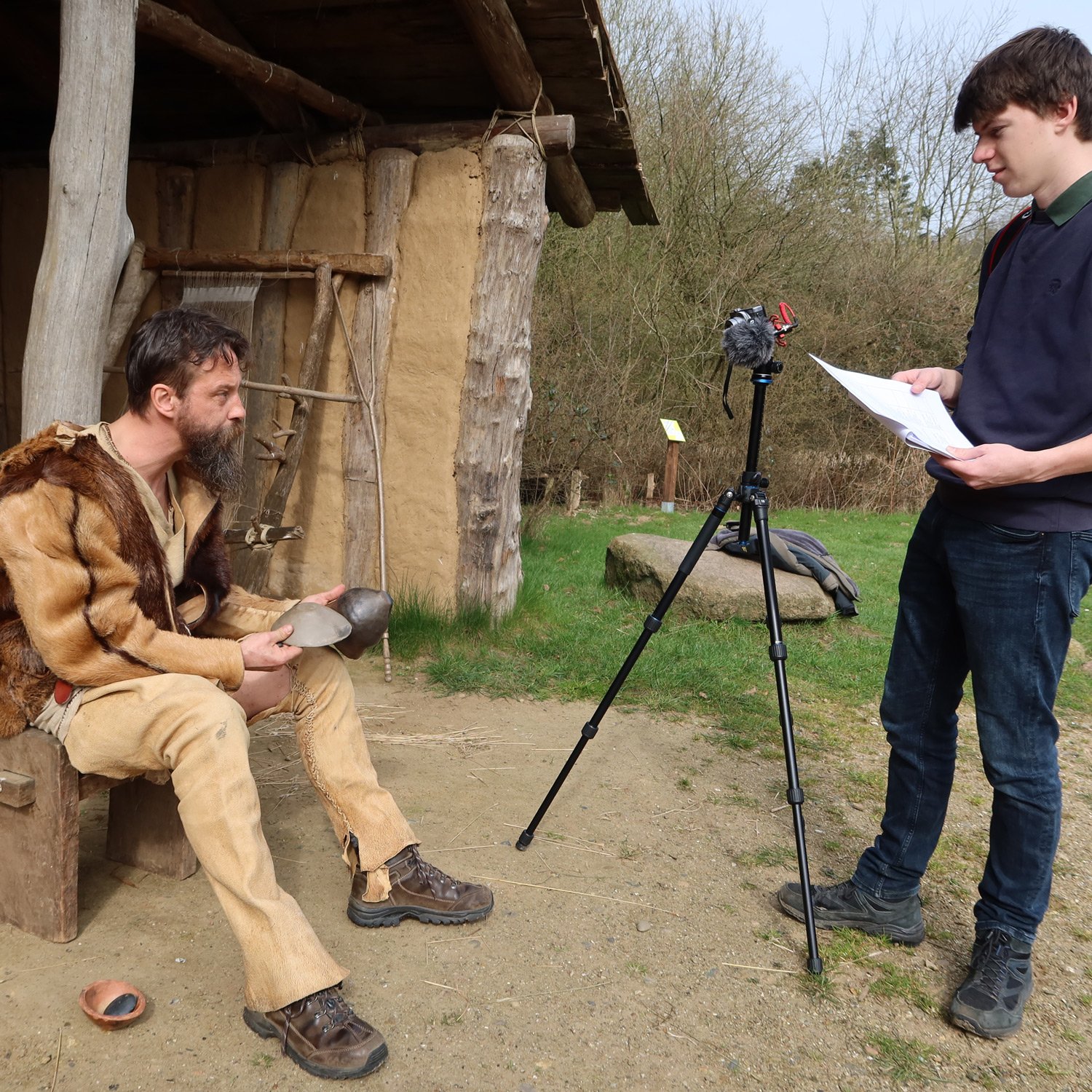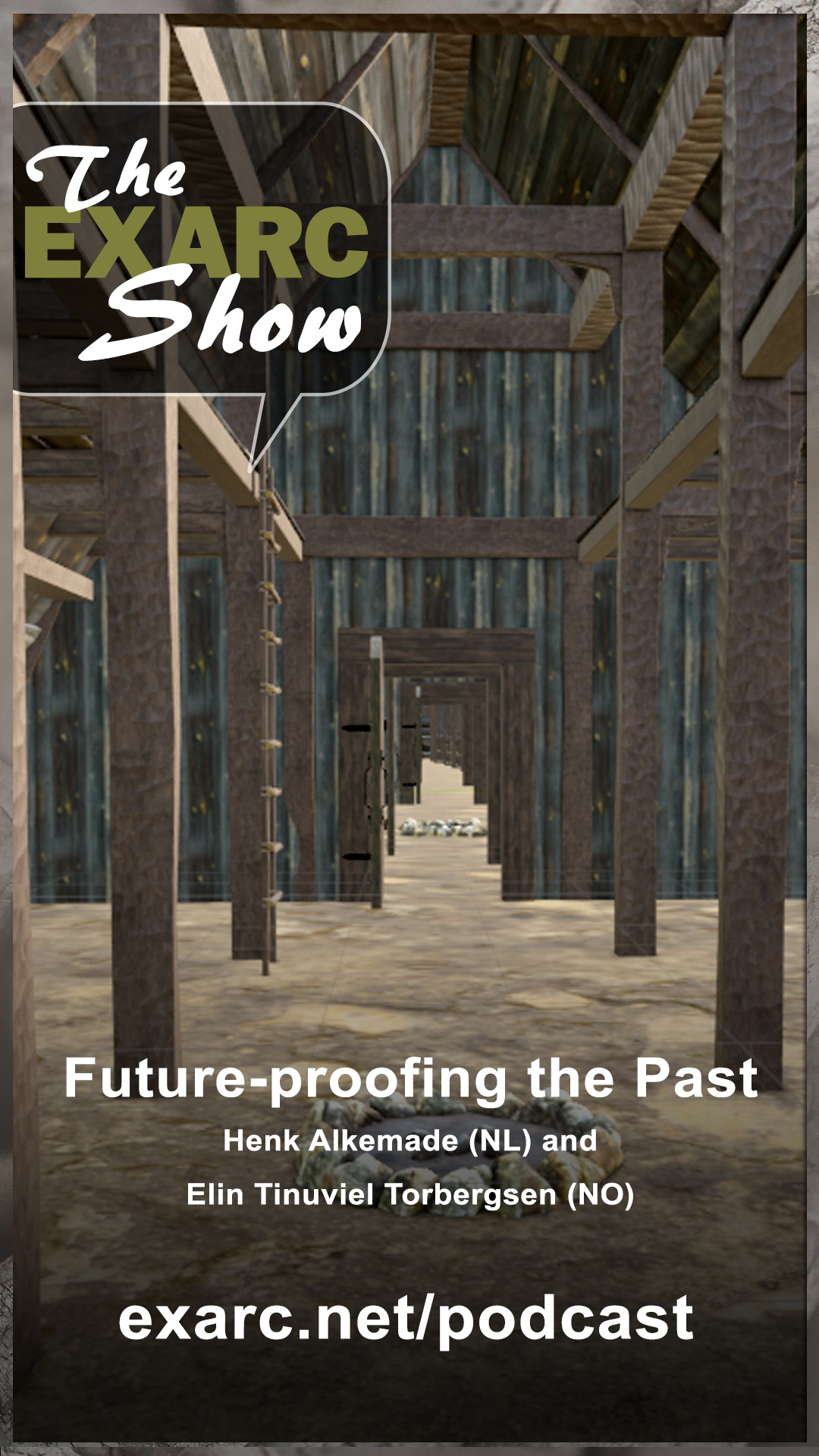About Documentation and Digitisation

About Documentation
FOMO, the Fear of Missing Out, is real.
A large part of the information in open-air museums is not documented, but only available "live": when meeting a crafter, or when talking to long-term staff, you will hear the most amazing and interesting details which will go lost when they die. Where documenting is an important way to retain parts of these stories, this system is supportive only, and not a replacement. Well-structured documentation in words, images and sounds, even artefacts, will form the backbone which supports the preservation of the data and stories.
We should not document anything, just because we can.
Else we cannot see the forrest from the trees. Important at start are answers to the questions: for whom, why, where, when and how. Following from that the answer to what to document is easier.
Preparing your documentation for digitising and sharing can lead to surprises. You may find out there are more gaps in your documentation than you thought. Following a standard checklist as used by many museums may discover the blanks. For example, you may not have all information in place about the provenance of your buildings. Often this happens because documentation standards changed over the years, and things we may find interesting today were obvious for the people who documented the building initially, hence there are no complete records. Getting your documentation in order may therefore be a bit of a voyage of discovery. Do not wait too long: some things you may still be able to collect now, because people involved are still alive.
About Digitisation
Digital transformation
Digitisation should be seen in the larger framework of digital transformation, although not all have to go all the way and at the same speed. In a company, one would say: "Digital transformation begins and ends with the customer." There are three levels to consider: digitisation, digitalisation, and digital transformation. RETOLD is mainly active at the first level, but if that is structured well, next steps could be taken. Digitisation is the move from analog to digital, Digitalisation is using digital data to simplify how you work and finally, digital transformation adds value to every customer interaction.
Source: https://www.salesforce.com/products/platform/what-is-digital-transformation/
Before start, each museum should reflect on how far the really like or need to take this transformation process: what are the minimum requirementa, what is realistic and what is possible or whished for? Is the organisation ready to make changes, what is the company culture, what are the skills and capabilities of the employees, and finally what about the technology options? A museum often has more challenges than a regular company, partly due to the skills and capabilities of all people involved. It is not a solution to outsource as much as possible of the technical work, although it could guarantee some quality of the short term outcomes.
Source: https://cio-wiki.org/wiki/Digital_Maturity_Model
Please do not think lightly about copyrights. On the one hand, there are your own rights as a producer of material, on the other hand, there are rights of other people who do so, and there are also rights about the people or statues et cetera which are portrayed in your digital material. There are companies scanning the internet for images which are used without agreement, and these will then sue you if you are one of them. In a way, they have the law on their side, so be prepared and take handling of copyrights seriously.
Data are values which contain information. Metadata, are literally "data about data", for example in a digital image you can find metadata about which camera was used to record the image. Paradata are administrative data about the process by which the data were collected. Linked data is structured data which is interlinked with other data so it becomes more useful. This interlinking can be very basic, or more sophisticated.
See: https://en.wikipedia.org/wiki/Linked_data#Linked_open_data
The CIDOC Conceptual Reference Model (CRM) is the international standard for the controlled exchange of cultural heritage and museum documentation. We encourage to use CIDOC-CRM so your data can talk with that of others in the cultural sector. It is structured around the following categories: space-time, events, material things, and immaterial things.
An API is an interface between different computer programs or different databases. It helps to retrieve information from each other, see it as an export feature where external entities are able to retrieve for example json info. This way, you can show information from an external database on your museum's website, and only update it on one place.
The FAIR Principles
Henk Alkemade, CARARE explains it this way in the EXARC podcast Future-proofing the Past
FAIR is an abbreviation for Findable, Accessible, Interoperable and Reusable data. FAIR made clear that if you have data and it's only residing on your computer and no one else can do something with it, it's kind of useless. The whole idea behind FAIR is to share your data with the world around you. So you have to make it findable, which means often like tagging for keywords and locations, time periods, descriptions. You need to add metadata to make them accessible. You need to have a website, for instance, to show them. And in the long term, you need permanent identifiers, for instance, so they will be findable and accessible also for future generations. And if you want to share, you need to make them interoperable so other organisations or people can use them in their own systems. That leads to the final letter, the reusability of the data. Not only should you be able to find them, to access them and to get them into your systems, but you should be able to reuse them, and that's pretty much depending on the intellectual property rights that are applicable to these data. In general we promote to have them as open as possible. Digitalisation, which is done with being FAIR, in the end, gives you some requirements, for instance, like how to metadate it, how to organise your copyrights and so on. You need to investigate it and be clear about that. It helps you, being FAIR in the end, to do the right things at the start of the digitalisation. It's widely in use and promoted all around Europe. Also outside Europe, it's getting more and more attention.
See also: https://en.wikipedia.org/wiki/FAIR_data


